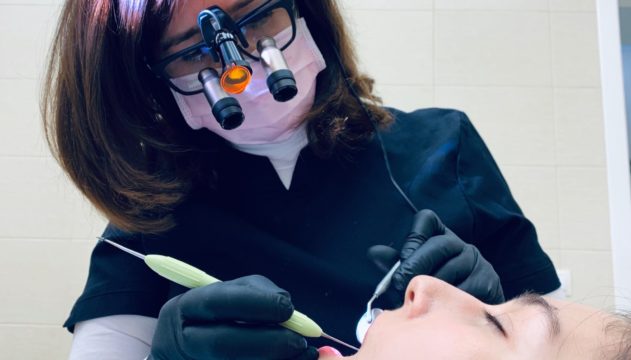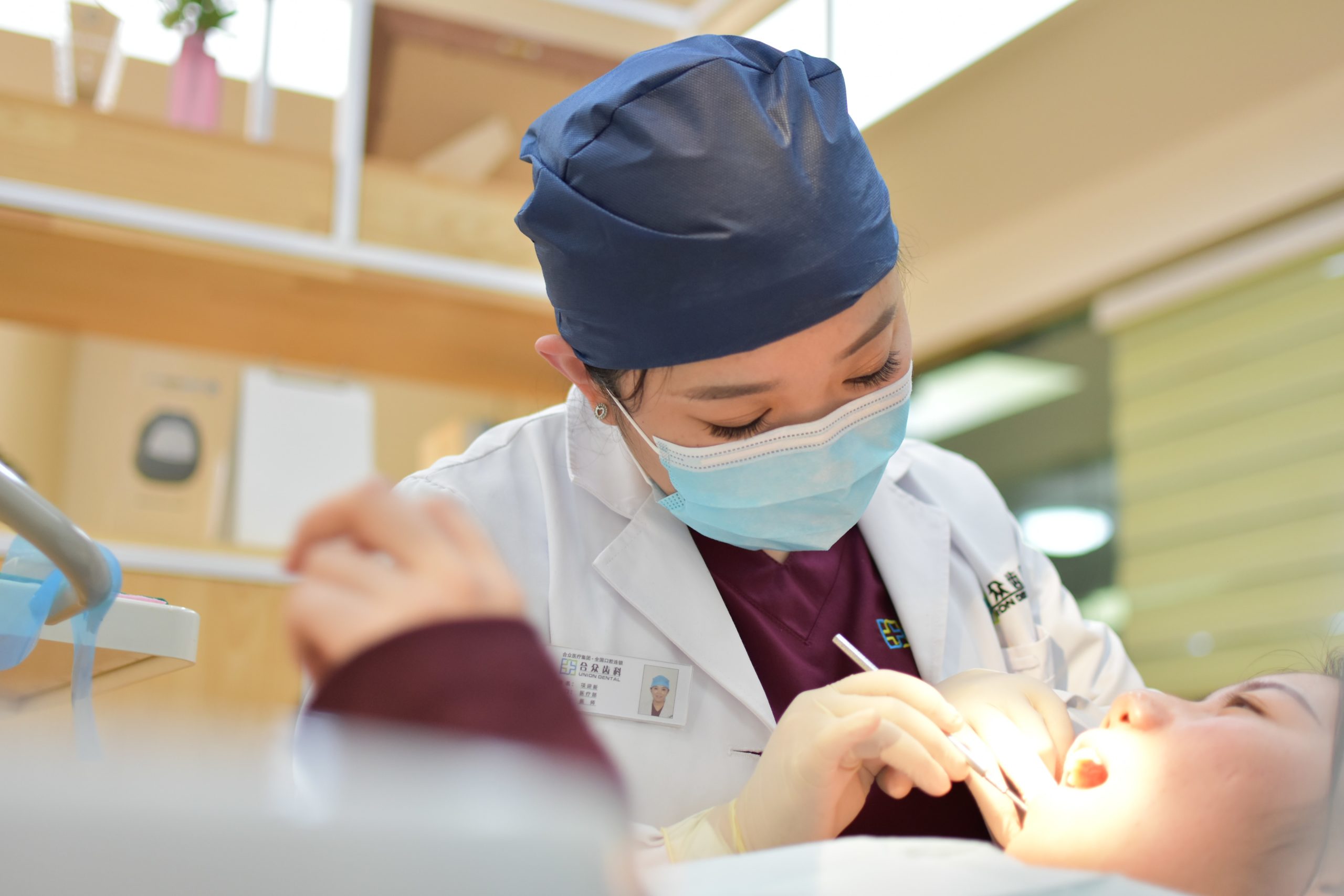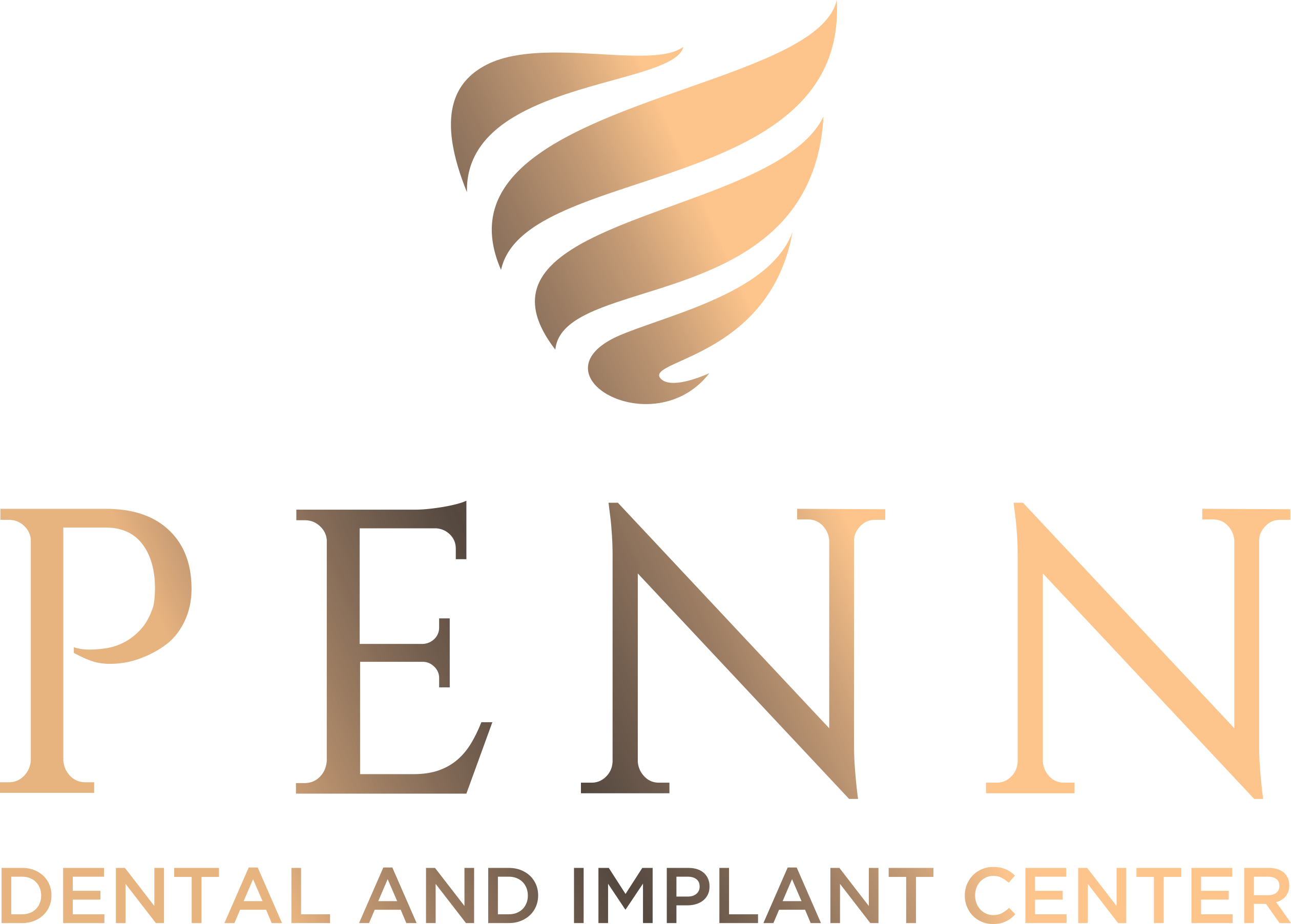_
SINUS LIFTS
SINUS LIFTS
Dental implants are a long-lasting, natural-looking, and aesthetically pleasing option for replacing broken, decaying, or missing teeth. Part of what gives implants their durability is the quality of the jaw bone where they are placed. If you are having an implant placed in the back of your upper jaw, your doctor may need to perform a sinus lift to create a strong foundation for the new tooth.


SINUS LIFT PROCEDURE
The sinuses are air-filled spaces within the skull. Because of the proximity of the sinus to the upper jaw, there may not be enough bone to provide a strong foundation for a dental implant. Tooth loss and periodontal disease can cause further bone loss in the area.
A sinus lift adds bone in the area of the sinus. The amount and quality of your existing bone will determine the technique that your doctor uses in the procedure. The two most common techniques we utilize are a sinus elevation and a lateral lift.
For patients with adequate bone volume, our doctors can perform a sinus elevation, which is a less invasive approach to sinus lift. We use advanced medical instruments to push the bone gently upward. Then, we leverage X-Guide™ technology to place implants in an extremely accurate manner. This precision allows us to combine the sinus lift and implant placement into a single procedure.
Some patients have little-to-no bone left in the area where they require an implant. Our doctors can reconstruct the site through an incision in the back of the jaw. We frequently use piezo-surgical instruments to conduct the procedure with gentle, ultrasonic vibrations.
From your first visit to your final follow-up, our staff will endeavor to make your experience as comfortable and supportive as possible.
During your appointment, a thorough examination and take CT scans will be done to determine the capacity of your existing bone to support an implant.
Based on this evaluation, Dr Juma may advise that you have a sinus lift procedure. The doctor may recommend a sinus elevation or a lateral lift depending on the quality and volume of the bone in your jaw. Our practice will help you understand your options, explain the process, and answer any questions you may have.
With a sinus elevation treatment is gentle enough that you can opt to receive only local anesthetic and your doctor can place your dental implant in the same surgical session as the sinus lift.
With a lateral sinus lift, you will typically be sedated. Generally, you will wait four months after the sinus lift to receive your dental implant. This allows the site time to heal properly.
Your recovery will depend on the technique that your doctor uses. A sinus elevation is a minimally invasive procedure that does not require incisions. As such, there is little-to-no discomfort afterwards, though you may prefer to take over-the-counter pain medication or prescribed medications .
Following a lateral sinus lift, you will likely have sensitivity and swelling at the surgical site. Patients report symptoms similar to having their wisdom teeth removed. We can provide you with guidance and medication to manage discomfort as you heal.
You can return to your normal activities shortly after your procedure, though there will be certain limitations. For example, you shouldn’t blow your nose or exert other force that could injure the surgical site.
Some patients will have sutures that their doctor will remove in a follow-up appointment two weeks after the surgery.
Our staff will be available to you at every stage of your experience to promote your comfort and assist in your recovery.
_
WISDOM TEETH
“Wisdom teeth” are the last set of adult teeth that grow in at the beginning of adulthood. Most people develop 32 permanent teeth over their lifetime, and typically, the last four teeth to erupt from the gums are the third molars, or “wisdom teeth.” Though these teeth normally emerge anywhere from age 17 to age 21, some patients may experience their wisdom teeth emerging as early as age 11.
Unfortunately, it is common that patients do not have jaws wide enough to accommodate these new teeth. So, these patients require wisdom teeth removal. Without proper care, wisdom teeth, especially those that are impacted – embedded in the gum tissue and bone of the mouth, can cause pain as they attempt to erupt due to damage to adjacent teeth, or as a result of dental caries or periodontal infection.
_
Oral Cancer Screening and Infections
Oral Cancer
Cancer screening and biopsy of questionable tissue is a routine part of the practice. It is important not to ignore any suspicious lumps, sores or discolorations detected by either you or your dentist. The following can be signs at the beginning of a pathologic process or cancerous growth:
- Reddish or white patches in the mouth
- A sore that fails to heal and bleeds easily
- A lump or thickening on the skin lining the inside of the mouth
- Chronic sore throat or hoarseness
- Difficulty chewing or swallowing
Infections
If you have pain and swelling in the face, neck or jaws, they can be symptoms of an infection, which can sometimes develop into a life-threatening emergency if not treated promptly and effectively. Surgical treatment, if needed, may include draining the infected area and eliminating the source of the infection.
